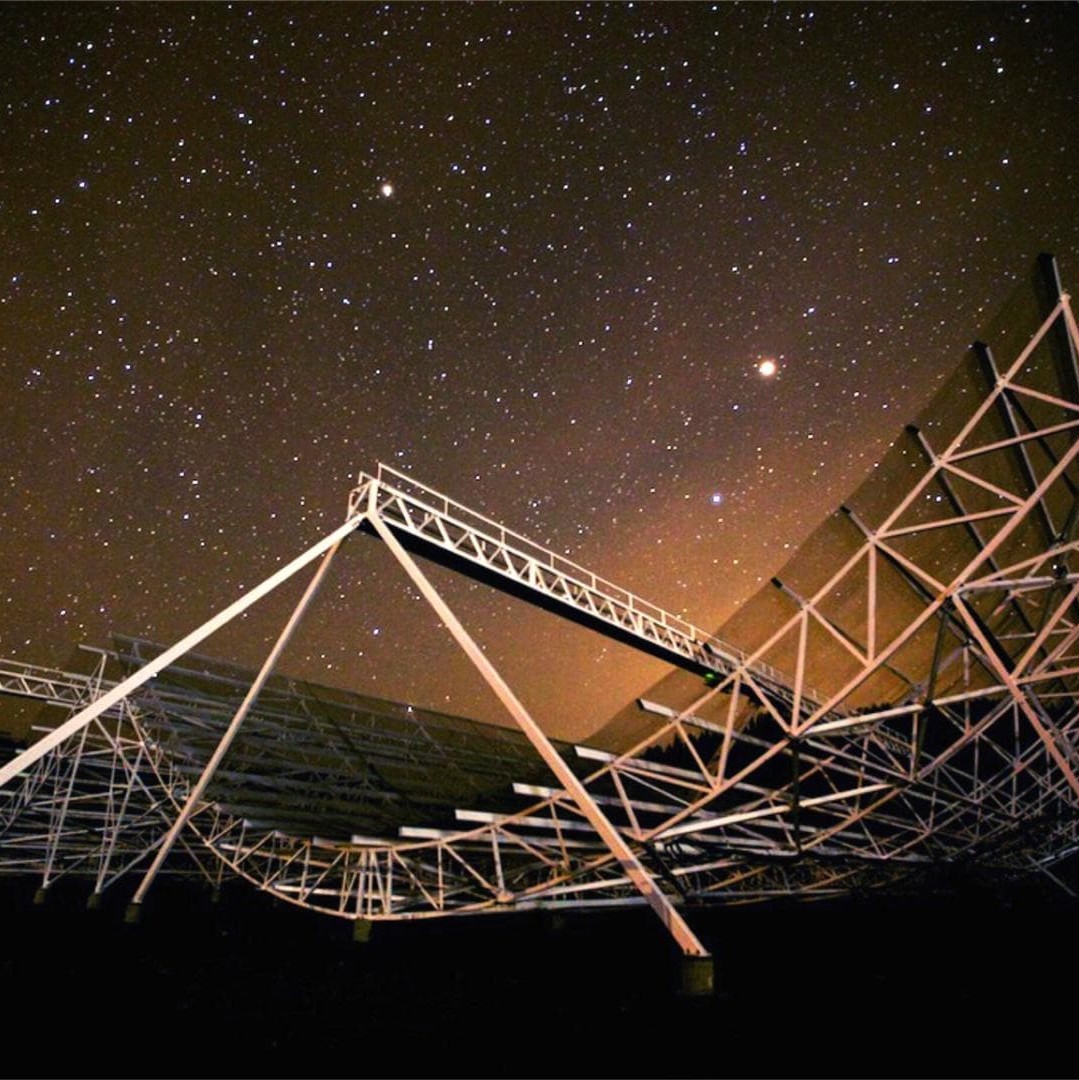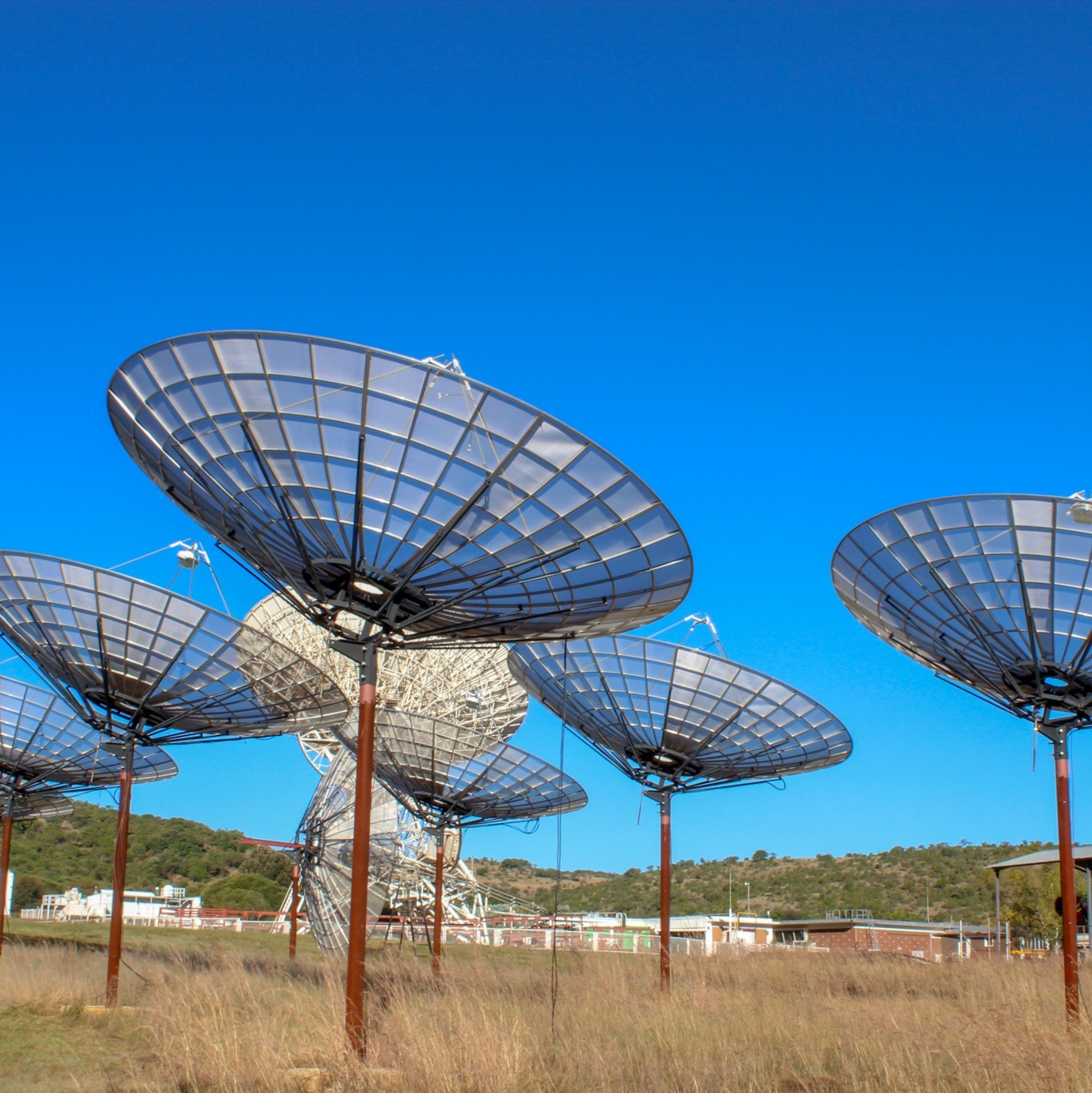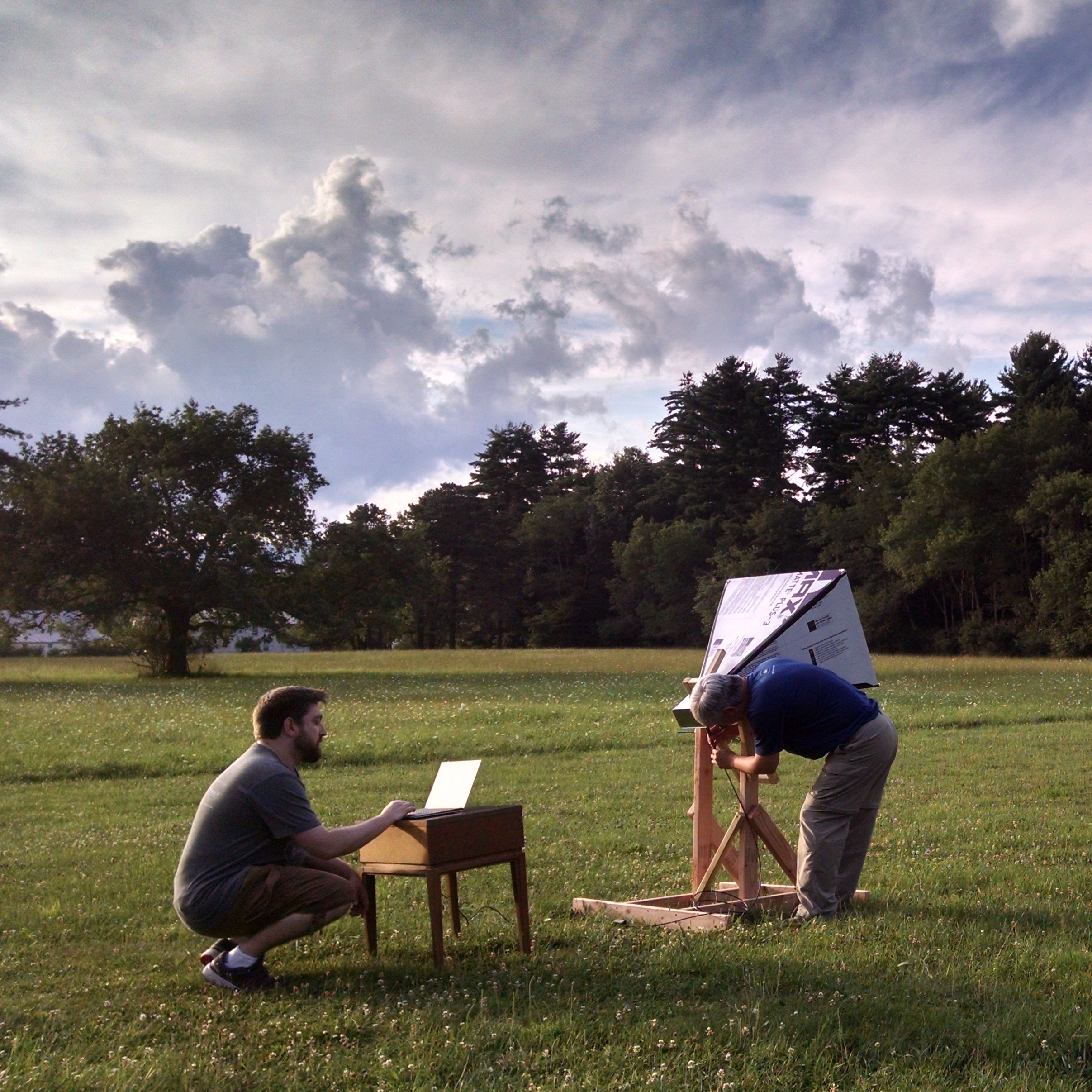CHIME
The Canadian Hydrogen Intensity Mapping Experiment (CHIME) marks a groundbreaking addition to the Dominion Astrophysical Radio Observatory (DRAO) in Penticton, British Columbia. This innovative radio telescope is designed to chart the expansive landscape of neutral hydrogen through a technique known as "hydrogen intensity mapping," allowing us to delve into the mysteries of Baryon Acoustic Oscillations (BAO) and, consequently, gain insights into the enigmatic realm of Dark Energy.




